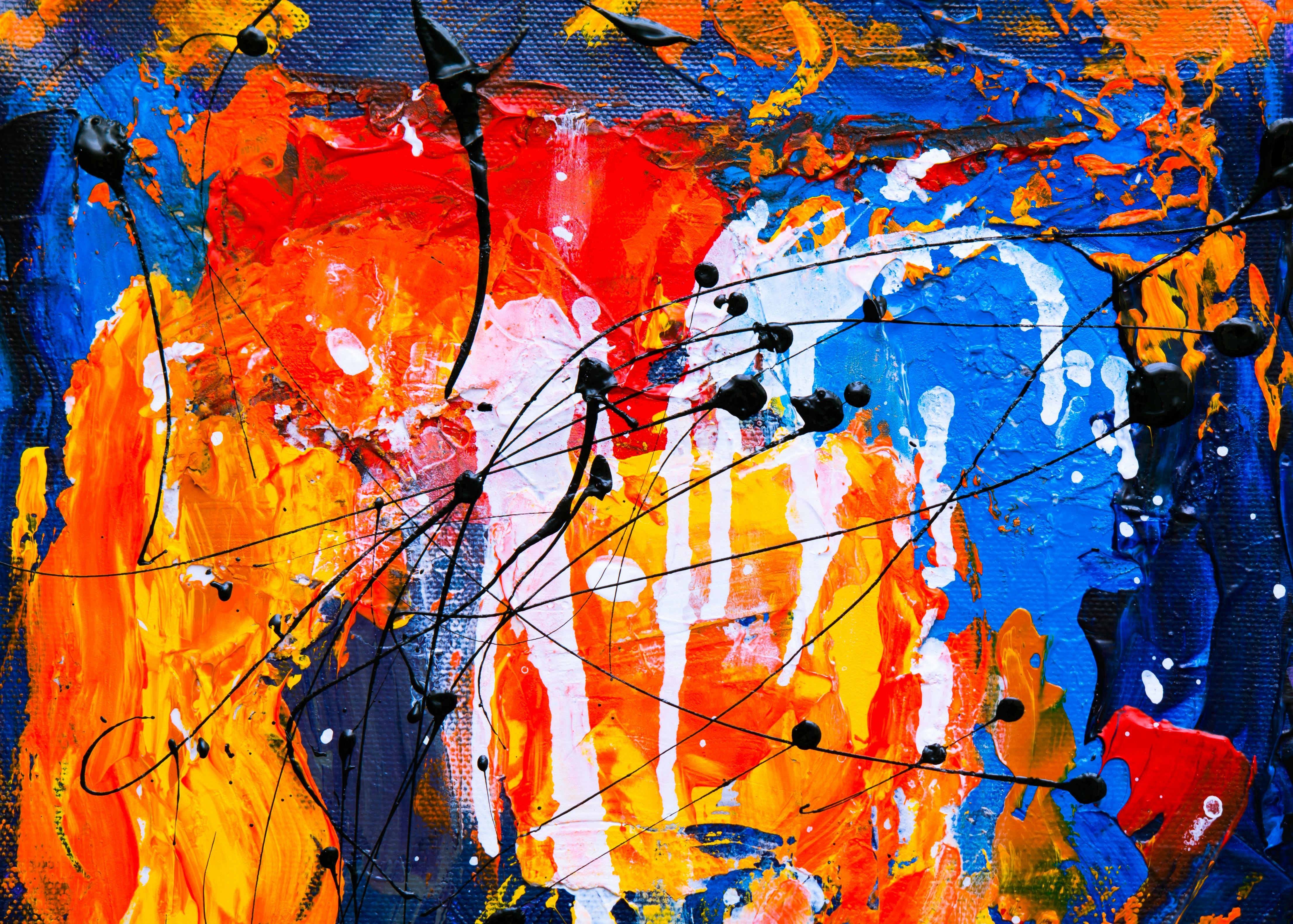Juggle! What is the first thing you think of when you read that work? You probably think of balls, clubs, rings, torches, swords, and maybe people with too much free time. You probably don’t think of religion, witchcraft, or a high paying career. To understand the development of juggling, one must look at its place in ancient history, the Middle / Dark Ages, and modern society.
Historians have discovered that priestesses originally used juggling for religious purposes. The oldest evidence of juggling was found in the Egyptian tomb of Beni Hassan and dates from 1994 BC. Many historians who have studied ancient jugglers believe that the jugglers were priestesses. The priestess juggled along with the prayer to the gods. By doing this, there was a greater chance that the prayer request would be granted. The priestesses juggled especially before and during a battle, a birth and the death of someone important. Although juggling was used for religious purposes during ancient civilization, it did not remain a valuable spiritual art.
Jugglers in the Dark and Middle Ages were about as evil as witches. Anyone with the power to manipulate multiple balls in midair must be involved in witchcraft. Because the jugglers supposedly used magic, they were burned to the stake. This was such a serious problem that those who learned to juggle were forced to join the gypsies if they wanted to perform. Due to their association with gypsies, jugglers were seen as dishonest and cheating travelers. This did not look good for the jugglers, but the troubadours arrived who changed everything. The troubadours, traveling poets who could also perform with music and storytelling, wanted someone to serve as a helper and additional protection as they traveled. They believed that jugglers, with their unique skills that often included more than just juggling, would be the perfect partner. In the 11th century, troubadours and jugglers began to travel together. This allowed jugglers to enter the market and entertain. Jugglers who were particularly talented could even perform for kings and were called jesters. Although jugglers began to be persecuted, they were finally able to open the door to modern entertainment.
Today, in the 21st century, jugglers have a known presence in every state in the US and in almost every country on the planet. The largest group of jugglers on the planet is the European Juggling Convention, which attracts thousands of participants. The largest group of jugglers in America is the International Jugglers Association. The IJA has annual conventions in the US where competitions, seminars, shopping, and a host of other activities take place. Despite the recession of juggling performances due to the emergence of television and radio jugglers, they are still actively entertaining and are becoming more popular in American society than they used to be. Jugglers can easily earn $ 40 an hour at birthday parties and can earn around $ 2000 for entertainment on an all-expenses-paid cruise. Juggling has grown so much in the last decade that schools have begun teaching students to juggle at a young age due to certain academic and athletic benefits it provides.
Juggling is not new to the world and has undergone many changes over the past 4,000 years. It will be interesting to see how much more will have developed over the next 4000 years.
